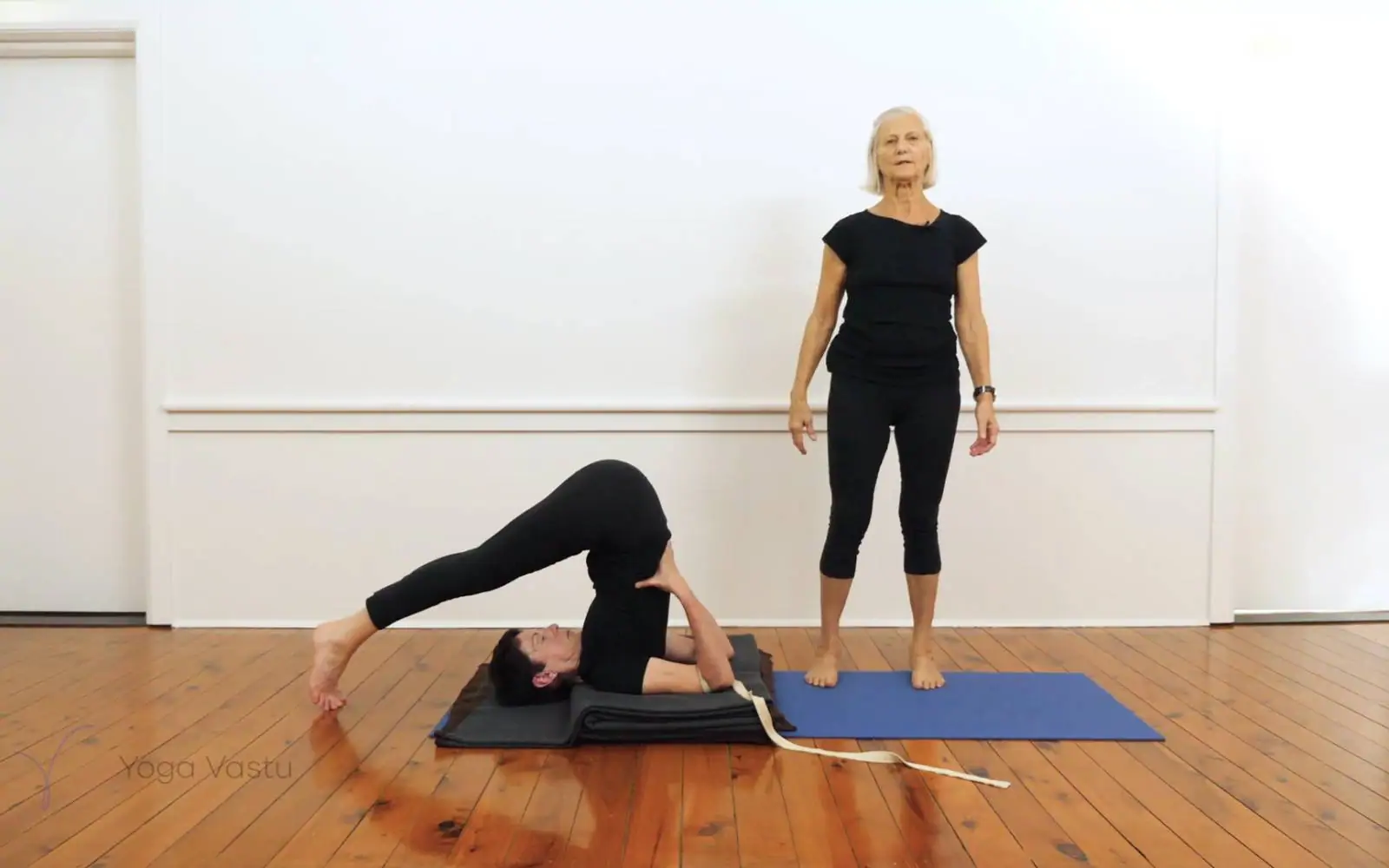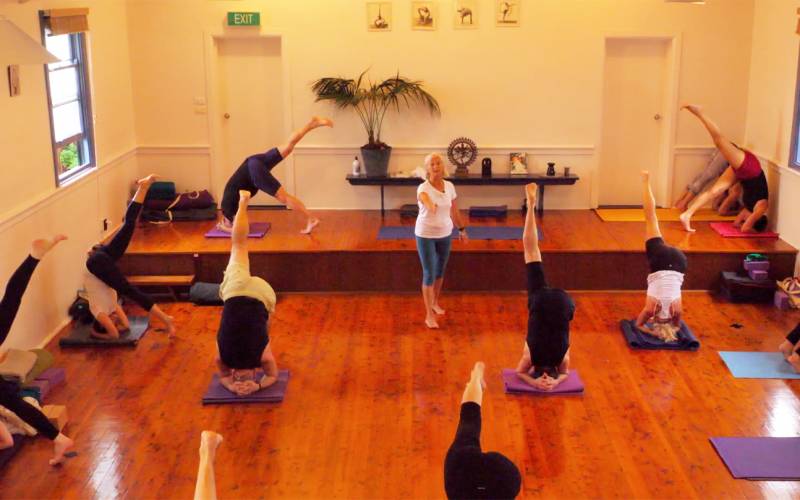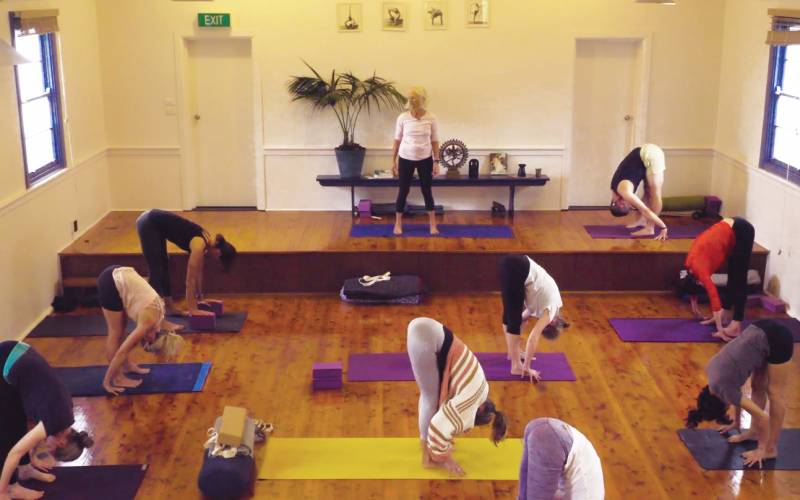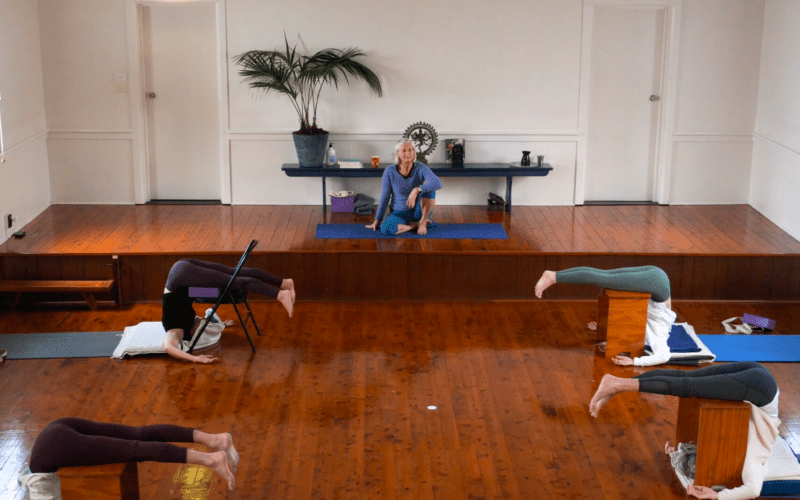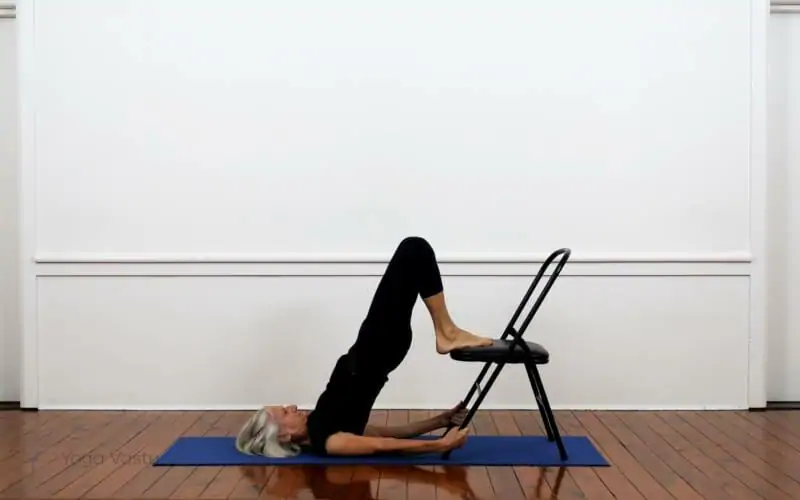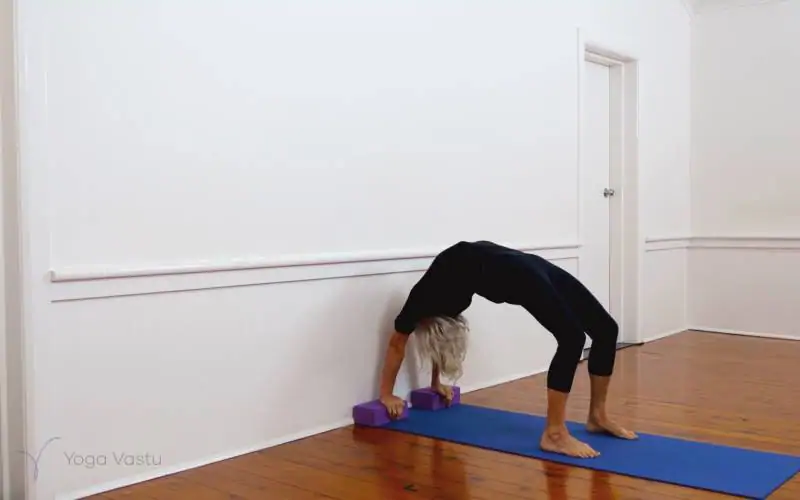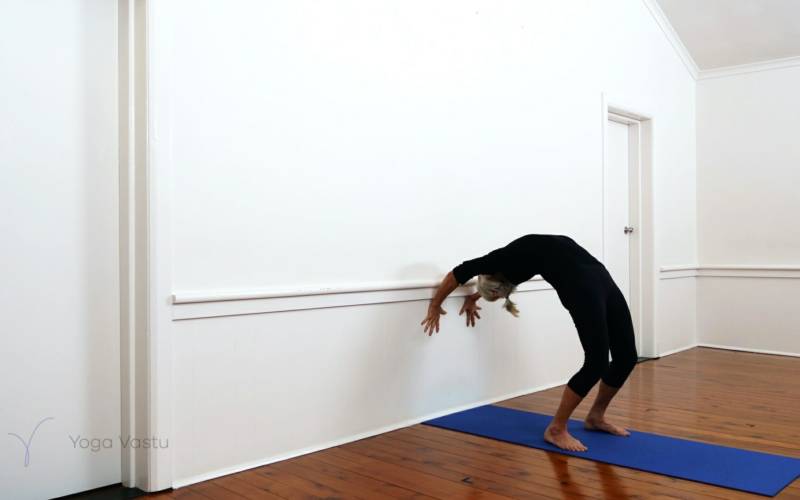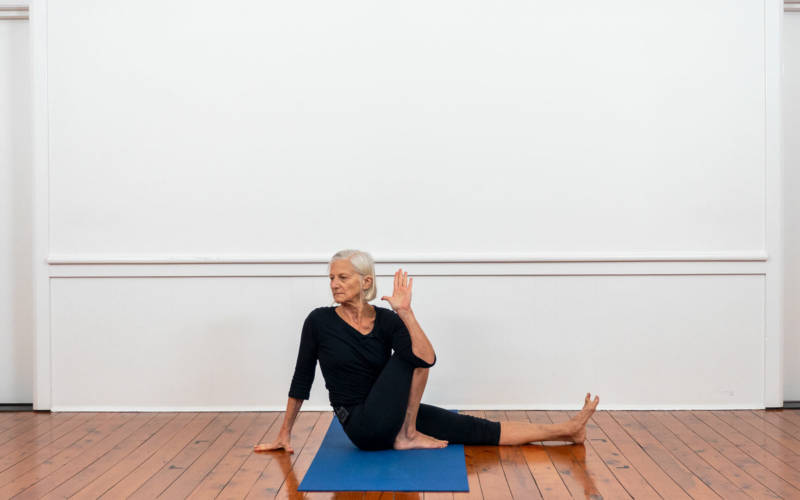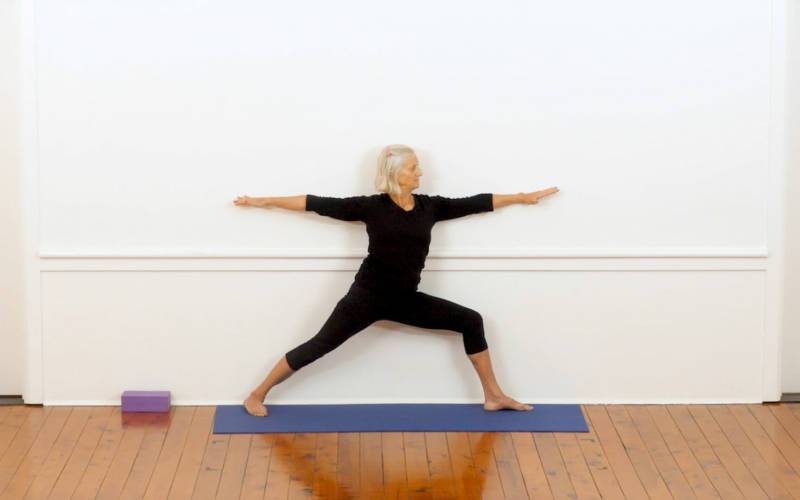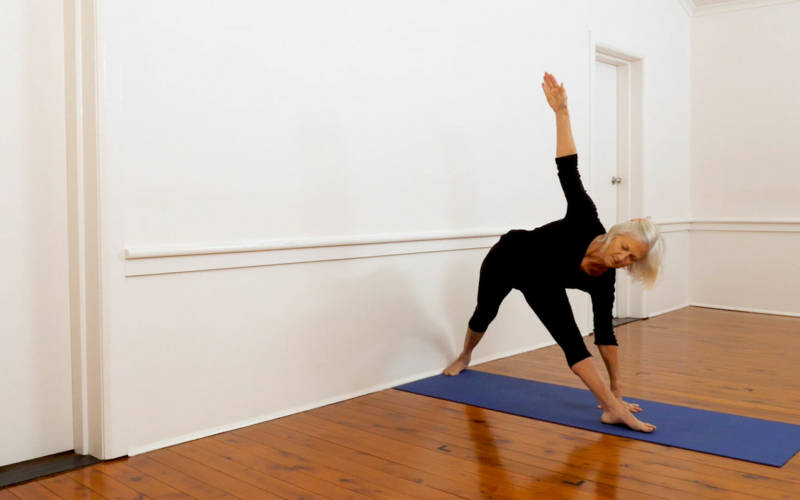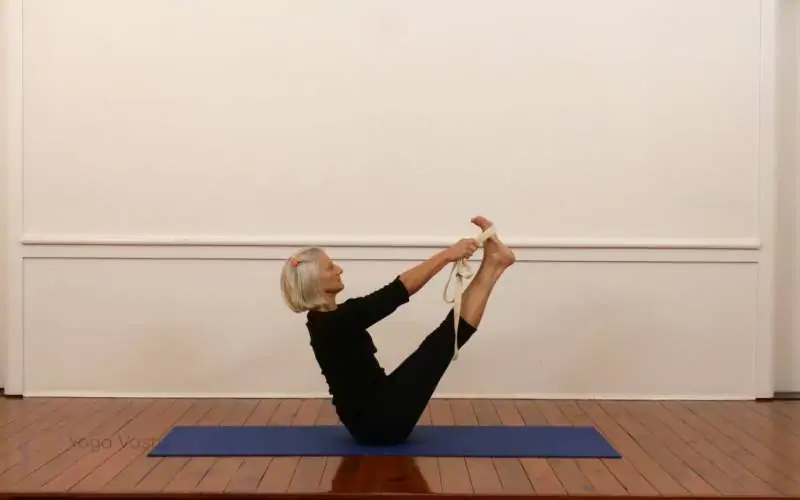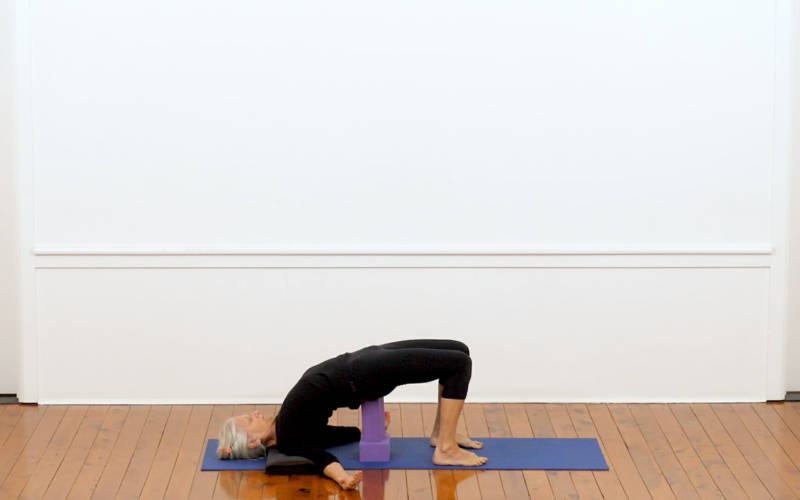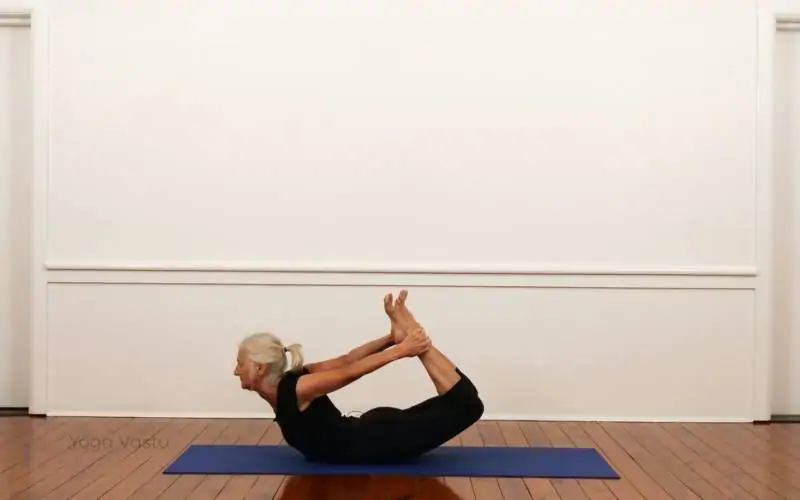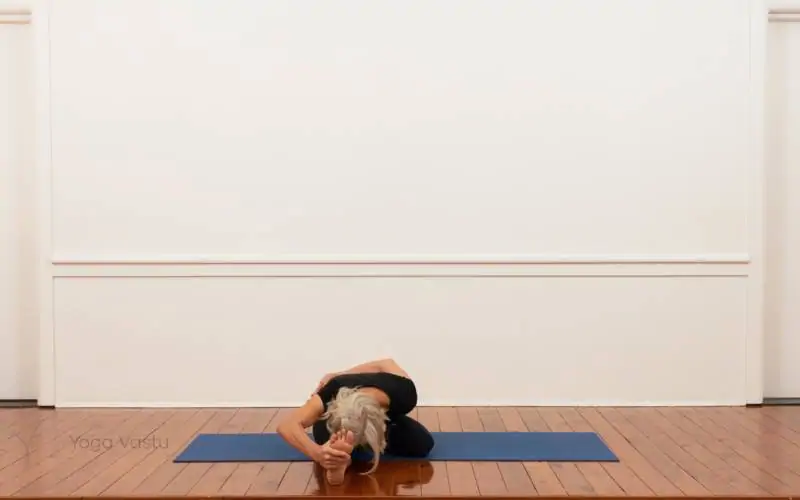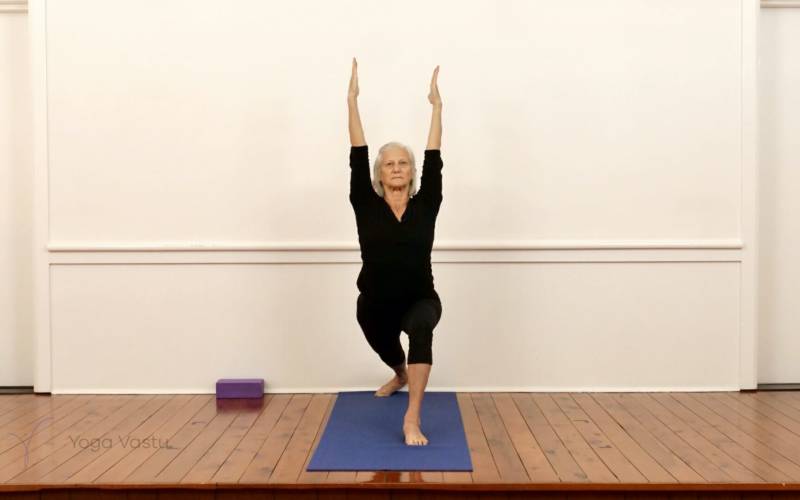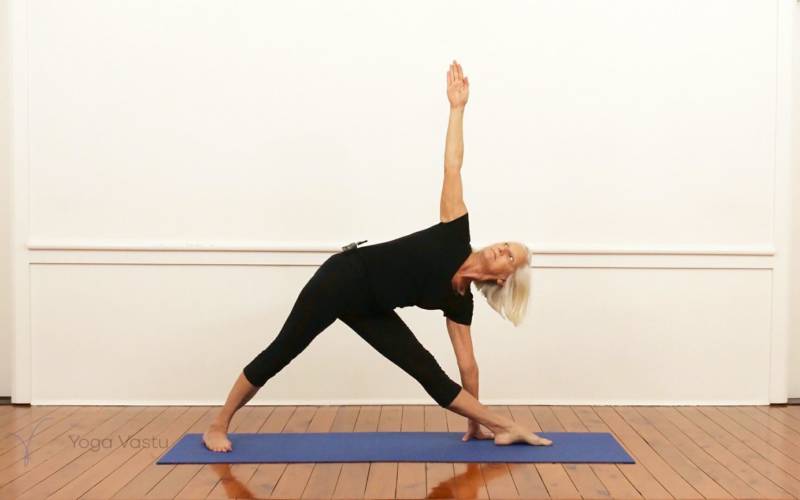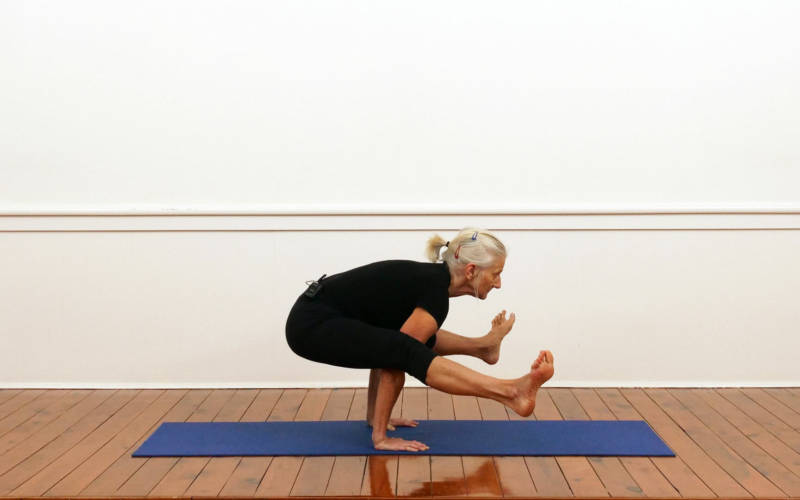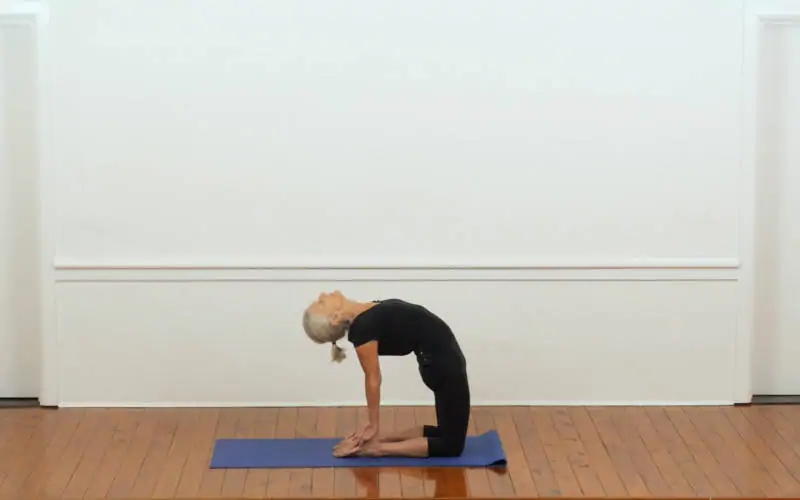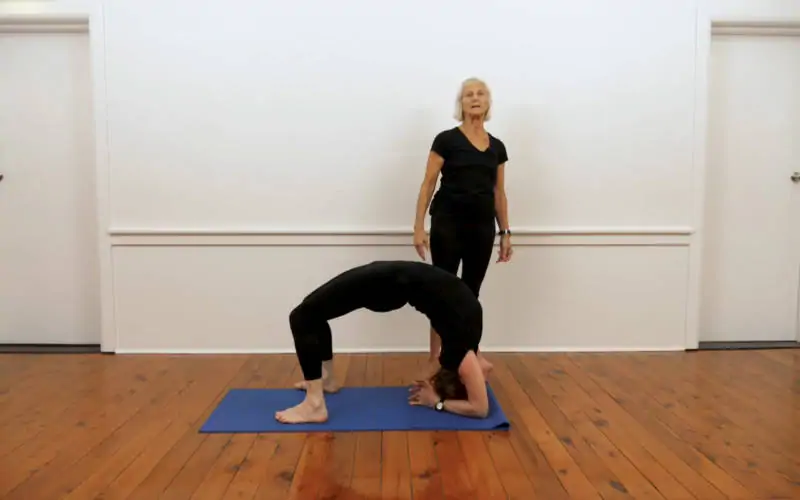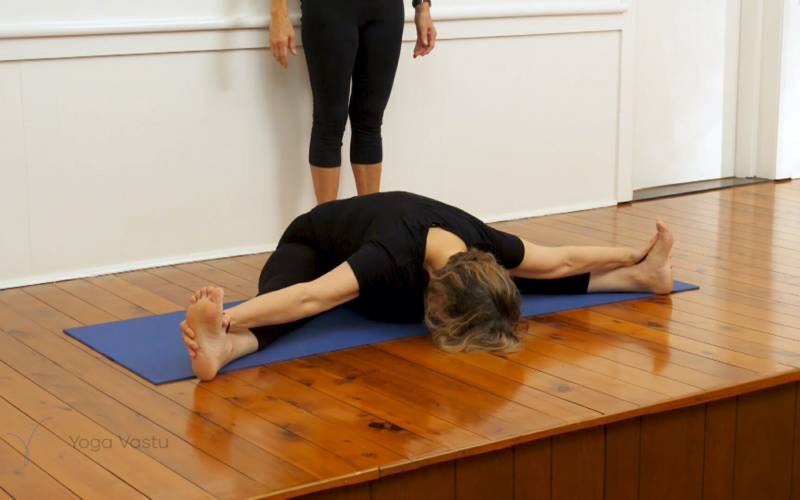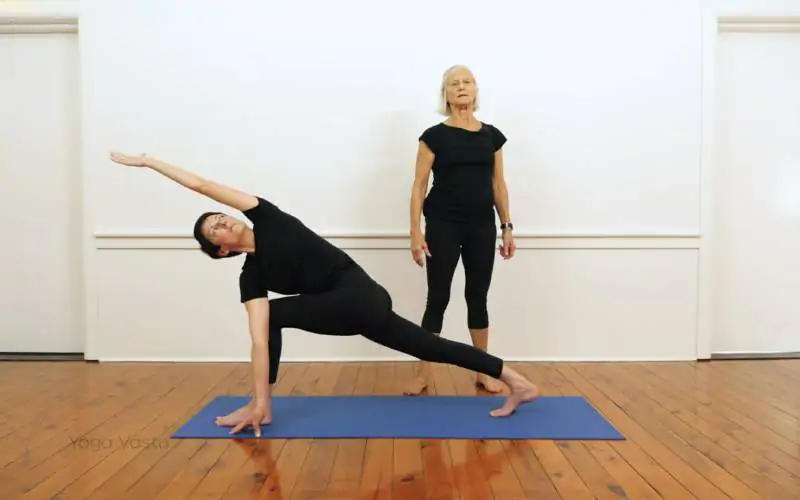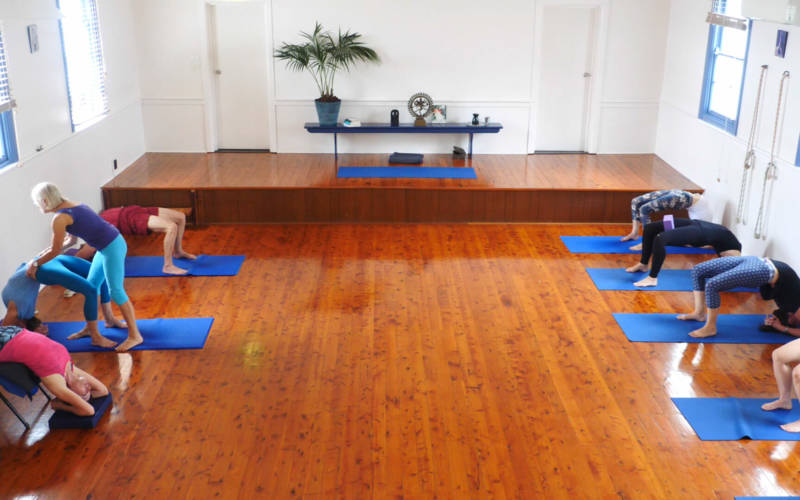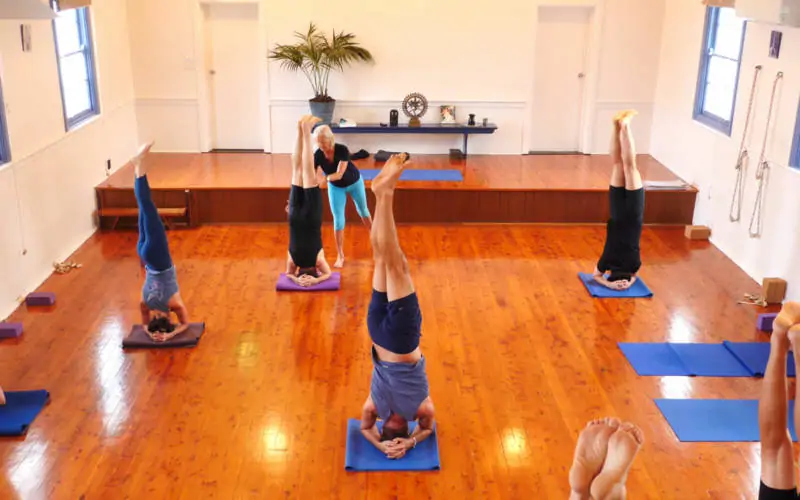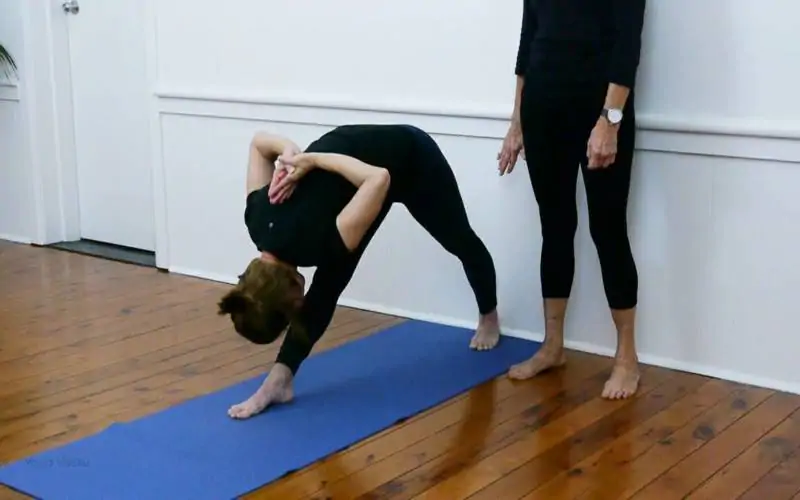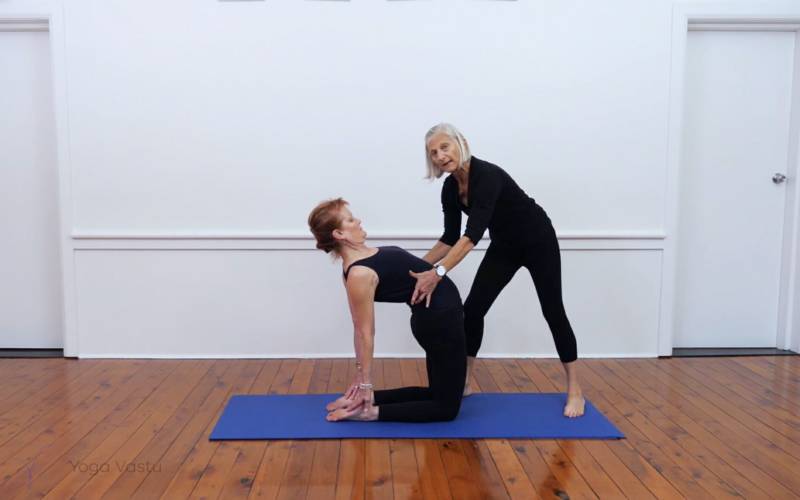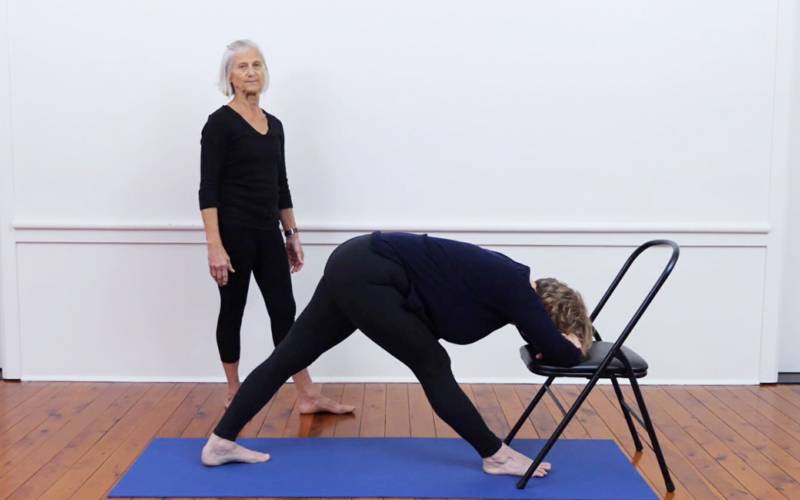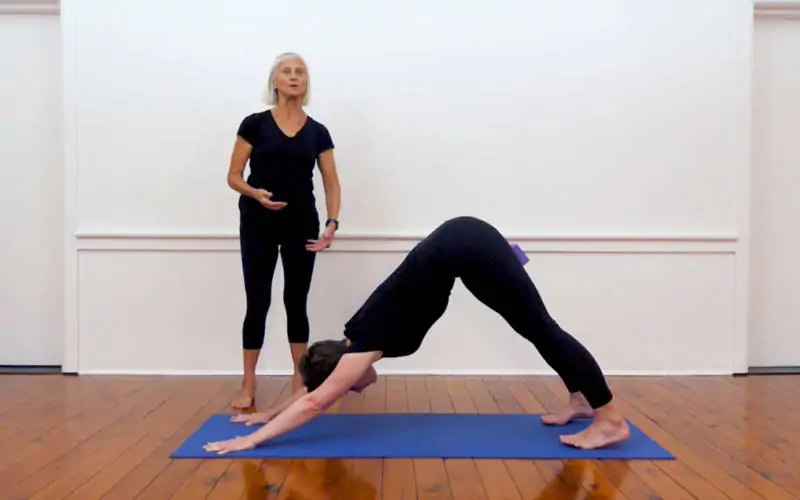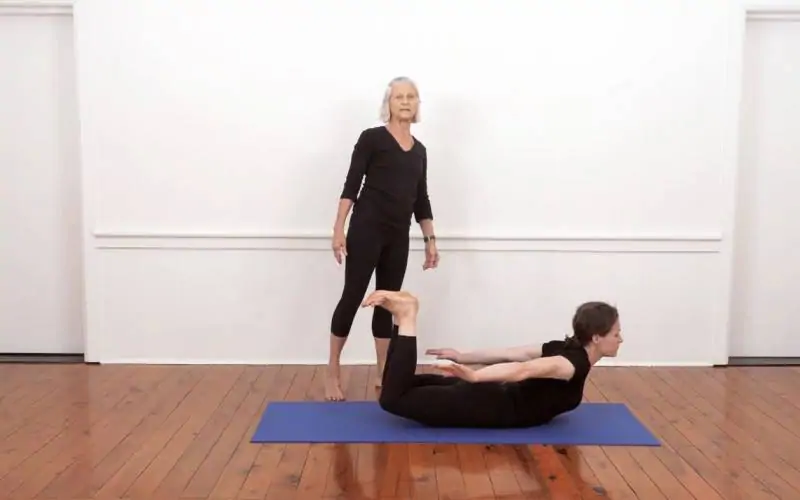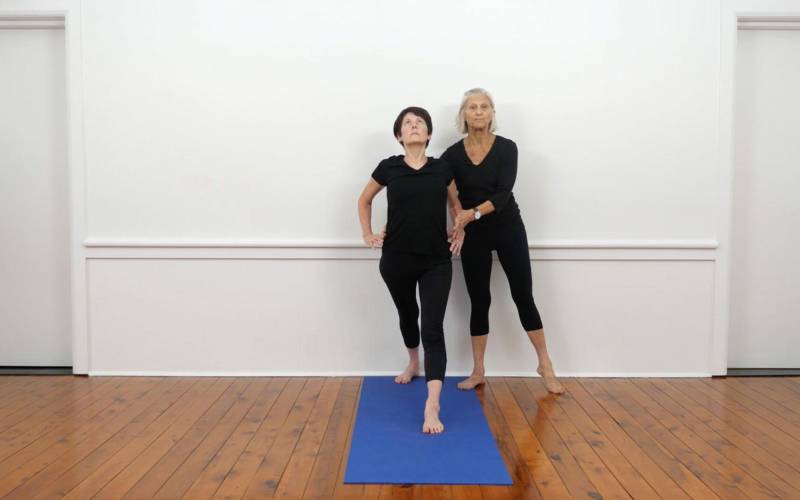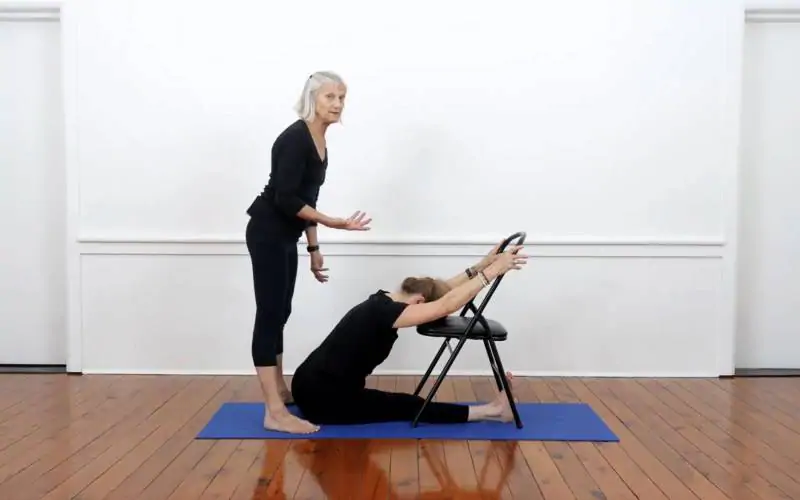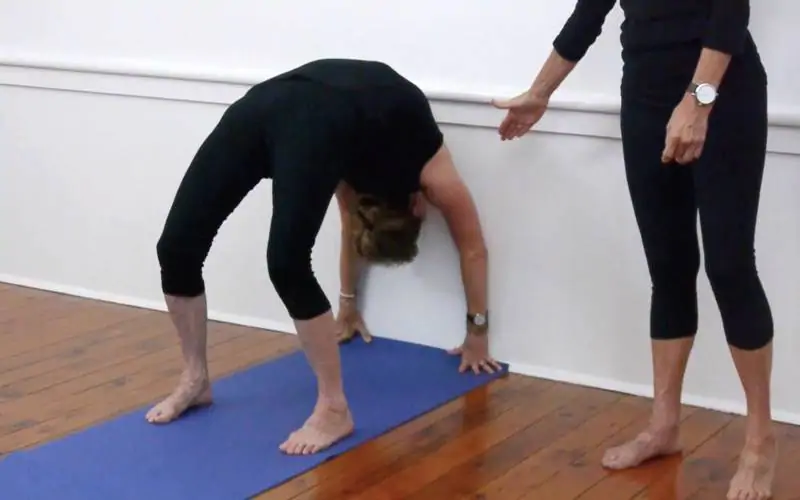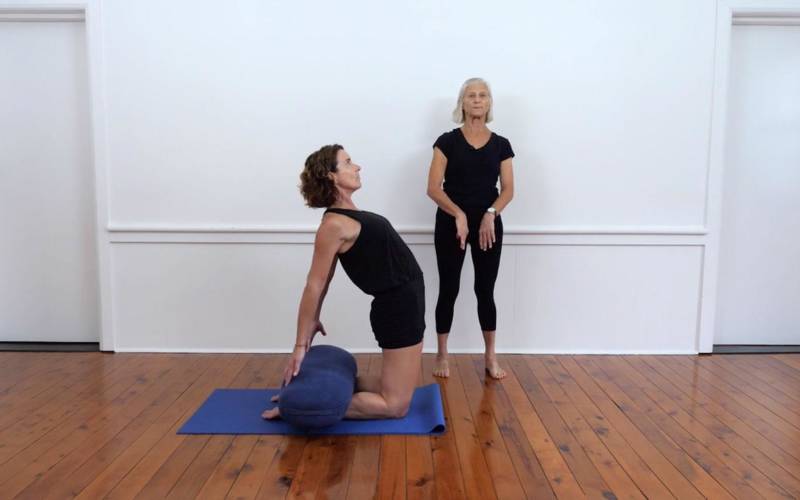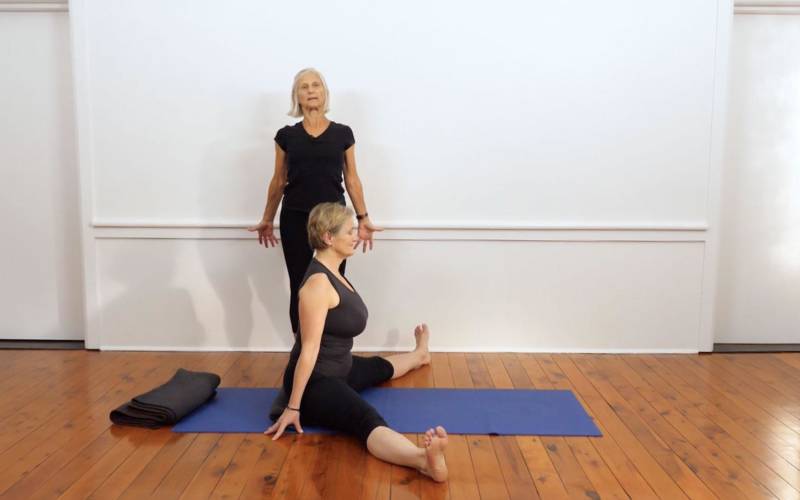How to perform Plough Pose
Use support under your shoulders if necessary. Keeping your shoulders open, lift your hips up high above your head, dropping your feet down behind you. Place your hands on your back to help keep it from rounding.
What is Halasana?
This is a mild inversion pose and a good preparation for the Shoulderstand. As you lift your hips up above your head and keep your back straight as you reach your feet down behind you, your shoulder muscles get strengthened from bearing the extra weight.
What are the benefits of Halasa?
Halasana, also known as Plough Pose, is a powerful asana in Iyengar yoga that offers numerous benefits for the mind, body, and spirit. Derived from the Sanskrit words “hala” meaning plough and “asana” meaning pose, Halasana involves folding the body in a way that resembles the shape of a plough.
Physically, Halasana provides a deep stretch to the entire spine, particularly the cervical region. As the neck elongates and the chin moves towards the chest, tension and stress accumulated in the upper back and shoulders are released. This pose also stimulates the thyroid and parathyroid glands, aiding in the regulation of metabolism and calcium levels in the body.
Halasana is beneficial for the abdominal organs as well. The compression of the abdomen in this posture improves digestion, massages the internal organs, and helps in detoxification. It also stimulates the spleen and liver, enhancing their functionality.
From a mental perspective, Halasana has a calming effect on the nervous system. As the body folds forward, the parasympathetic nervous system is activated, promoting relaxation and reducing anxiety and stress. This pose also helps in improving concentration and focus, making it an excellent pose for students and professionals alike.
Additionally, Halasana promotes blood circulation to the brain, nourishing the cells and improving memory and cognitive function. It is known to alleviate headaches, insomnia, and fatigue, leaving the practitioner feeling rejuvenated and refreshed.
As with any yoga pose, it is important to approach Halasana with caution and under the guidance of a qualified teacher. It may be contraindicated for individuals with certain medical conditions or injuries. However, for those who can safely practice it, this pose offers a multitude of benefits for overall well-being, making it a valuable addition to any Iyengar yoga routine.
